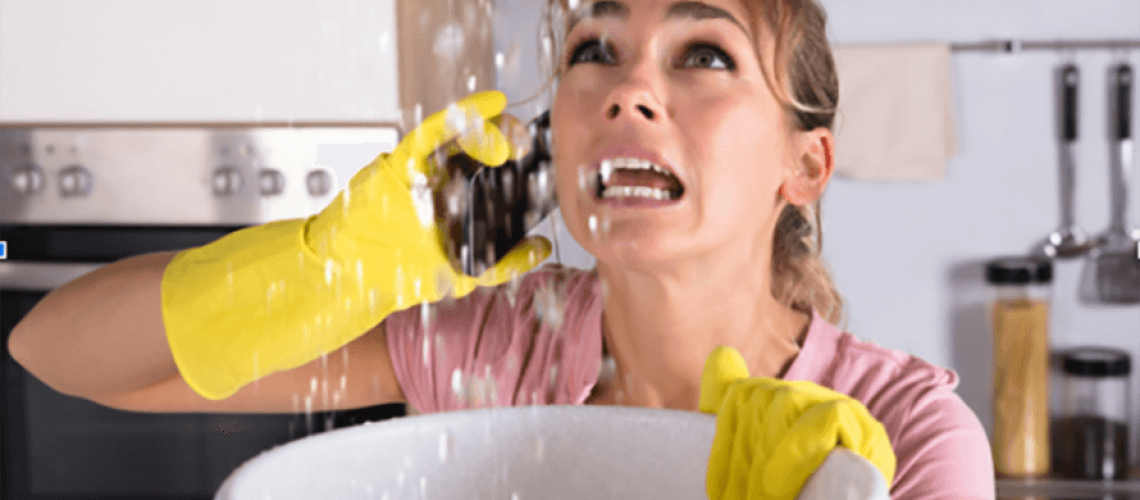6 Ways to Find Concealed Water Leaks in Your House
6 Ways to Find Concealed Water Leaks in Your House
Blog Article
Just how do you feel in relation to Detecting hidden plumbing leaks?

Early detection of dripping water lines can reduce a prospective catastrophe. Some tiny water leaks may not be visible.
1. Analyze the Water Meter
Examining it is a surefire method that aids you find leaks. If it relocates, that indicates a fast-moving leakage. This means you may have a slow-moving leak that might also be underground.
2. Inspect Water Intake
Assess your water expenses and also track your water intake. As the one paying it, you ought to observe if there are any inconsistencies. If you detect sudden changes, despite your usage coinciding, it means that you have leaks in your plumbing system. Keep in mind, your water costs should fall under the exact same variety on a monthly basis. A sudden spike in your expense suggests a fast-moving leakage.
A stable boost every month, also with the very same habits, shows you have a slow leak that's also gradually rising. Call a plumber to extensively examine your residential or commercial property, particularly if you feel a warm area on your flooring with piping below.
3. Do a Food Coloring Examination
30% comes from bathrooms when it comes to water consumption. Test to see if they are running properly. Drop flecks of food shade in the storage tank as well as wait 10 minutes. If the shade somehow infiltrates your bowl during that time without flushing, there's a leakage in between the storage tank as well as bowl.
4. Asses Exterior Lines
Don't neglect to inspect your exterior water lines as well. Test faucets by connecting a garden hose. Needs to water leak out of the connection, you have a loosened rubber gasket. Replace this and make certain all connections are tight. If you have actually obtained an automatic sprinkler, it will aid get it skillfully analyzed and preserved yearly. One small leakage can squander lots of water as well as increase your water expense.
5. Examine the scenario as well as evaluate
House owners must make it a routine to check under the sink counters and also also inside cabinets for any type of bad odor or mold and mildew development. These two red flags show a leak so prompt attention is needed. Doing regular evaluations, also bi-annually, can conserve you from a significant problem.
Inspect for discolorations as well as compromising as many pipes and devices have a life span. If you think leaking water lines in your plumbing system, don't wait for it to rise.
Early discovery of dripping water lines can alleviate a prospective disaster. Some tiny water leakages might not be visible. Examining it is a proven method that assists you discover leaks. One little leakage can squander loads of water and increase your water expense.
If you think leaking water lines in your plumbing system, do not wait for it to intensify.
WARNING SIGNS OF WATER LEAKAGE BEHIND THE WALL
PERSISTENT MUSTY ODORS
As water slowly drips from a leaky pipe inside the wall, flooring and sheetrock stay damp and develop an odor similar to wet cardboard. It generates a musty smell that can help you find hidden leaks.
MOLD IN UNUSUAL AREAS
Mold usually grows in wet areas like kitchens, baths and laundry rooms. If you spot the stuff on walls or baseboards in other rooms of the house, it’s a good indicator of undetected water leaks.
STAINS THAT GROW
When mold thrives around a leaky pipe, it sometimes takes hold on the inside surface of the affected wall. A growing stain on otherwise clean sheetrock is often your sign of a hidden plumbing problem.
PEELING OR BUBBLING WALLPAPER / PAINT
This clue is easy to miss in rooms that don’t get much use. When you see wallpaper separating along seams or paint bubbling or flaking off the wall, blame sheetrock that stays wet because of an undetected leak.
BUCKLED CEILINGS AND STAINED FLOORS
If ceilings or floors in bathrooms, kitchens or laundry areas develop structural problems, don’t rule out constant damp inside the walls. Wet sheetrock can affect adjacent framing, flooring and ceilings.
https://www.servicemasterbyzaba.com/blog/how-to-detect-water-leakage-in-walls/

I have been very excited about Hacks to detect leaks and I am praying you enjoyed reading our blog entry. Be sure to set aside a second to share this content if you liked it. We value reading our article about Leaking water lines.
Report this page